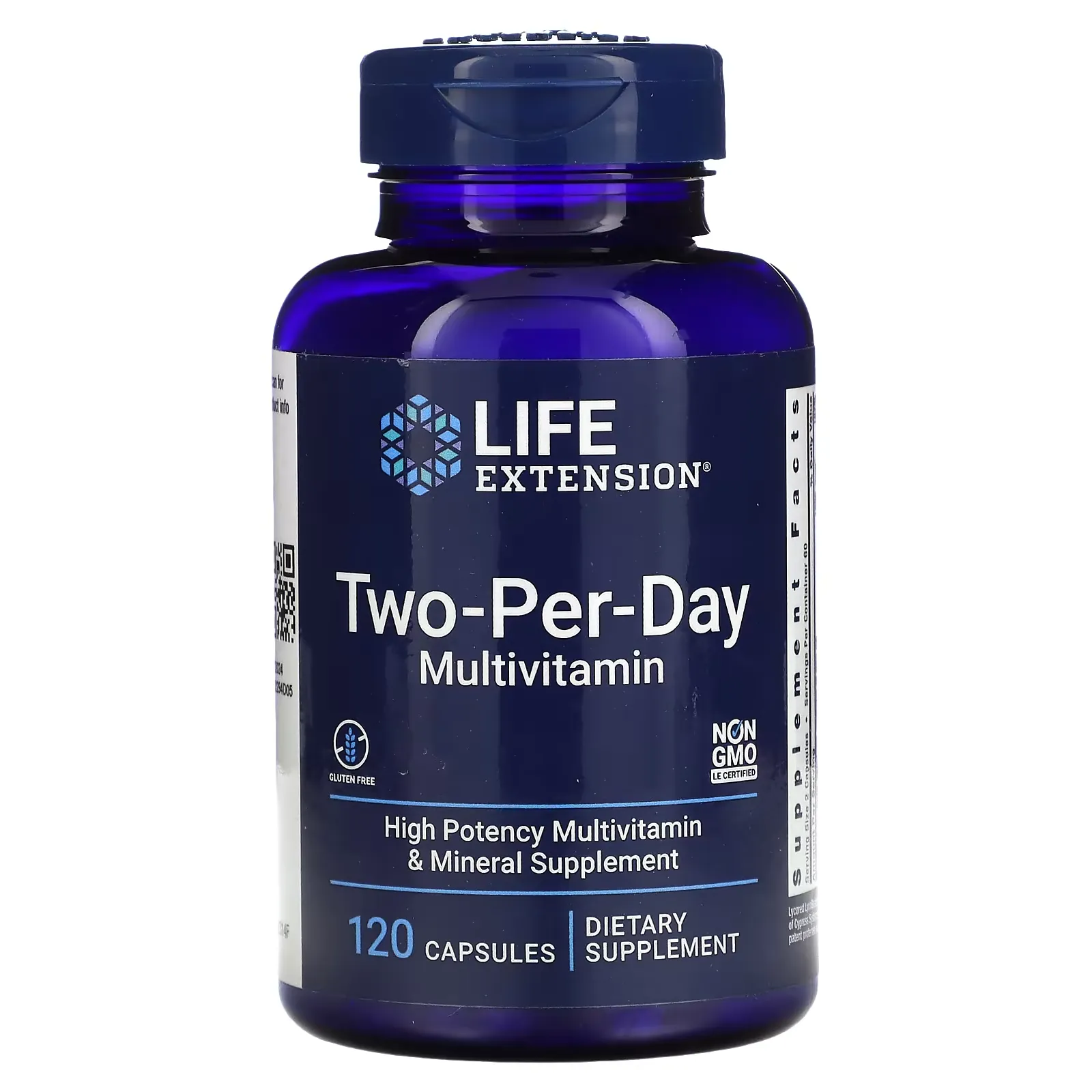Spoilers for this article
- ashwagandha (type of Indian cactus)in healthy adults.muscle strengthThe results showed that the effect of the enhancement was observed.
- Most of the participantsside effectbarkashwagandha (type of Indian cactus)and confirmed safe to consume.
- Future research,ashwagandha (type of Indian cactus)andmuscleIt is necessary to verify whether it is effective against volume loss (sarcopenia).
."muscle strengthI'd like to up the ante, but I'm not sure whichsupplementis effective?"
."ashwagandha (type of Indian cactus)Is that safe to consume?"
."muscle strengthIt helps to strengthen and maintain health (apparently).ashwagandha (type of Indian cactus)I would like to know more about"
In this case, the above,muscle strengthThis article is for those who want to naturally increase the
In this article,ashwagandha (type of Indian cactus)andHealthy adults.muscle strengthaugmentation effectand demonstrate theSafety confirmedWe are pleased to present the results of a study conducted by
It is unfortunate that the original paper does not have specific figures regarding the results of the study.
ashwagandha (type of Indian cactus)andweight trainingWe hope you will find this article useful if you are looking for information on whether or not it is useful and safe to
What is ashwagandha in the first place?

ashwagandha (type of Indian cactus)(scientific name: Withania somnifera Dunal) has been used for thousands of years in Ayurveda, the traditional medicine of India, to treat both physical and mental health problems.stressThe herb has been used as an effective medicine, tonic, and even aphrodisiac.
Nowadays, the effectiveness of these products has been proven by modern science through various clinical studies, and they are attracting attention.
The fruit is an evergreen shrub of the eggplant family. The name comes from the horse's (ashwa) smell (ganda).
Some say it is named after the robust vigor of horses.
▼Recommended Articles

Basic information about the paper
The basic information for this paper is as follows
The paper presented in this issue ofAn exploratory study to evaluate the tolerability, safety and activity of ashwagandha (Withania somnifera) in healthy volunteers(Japanese translation)".

Introduction: Purpose and Methods of the Study
The purpose of this study is to,For healthy adultsashwagandha (type of Indian cactus)and to evaluate its tolerability, safety, and efficacy.It is.
- durability
-
A substance or drug is within acceptable limits for the user.side effectand less harmful effects.
This experiment,ashwagandha (type of Indian cactus)(at sentence-end, falling tone) indicates a confident conclusionIncreasing doses in stagesis the key point.
Check the safe amount in small increments.So, it is.
research methods
This section describes the following information on research methods.
research methods
- Participant Selection and Conditions
- ashwagandha (type of Indian cactus)Method and duration of administration
- valuation index
Participant Selection and Conditions
18 healthy adults (12 men, 6 women, ages 18-30, BMI 19-30)were selected as participants.
Method and duration of ashwagandha administration
Participants,ashwagandha (type of Indian cactus)(at sentence-end, falling tone) indicates a confident conclusioncapsulewas taken for 30 days.
Intake was increased incrementally according to the schedule below.
- First 10 days:750 mg daily
- Next 10 days:1000 mg per day
- Last 10 days:1250 mg per day
Usually, the manufacturer's recommended dosage is roughly 600 mg per day.
You can see that we are experimenting with a much larger amount.
Selection of evaluation indicators
Participants were evaluated on the following metrics
valuation index
- Symptoms/Signs
- biological function
- bloodliquidBiochemical tests
- muscle strengthMeasurements (grip strength, quadriceps)muscle strengthbackmuscle strength)
- Exercise tolerance (using cycle ergometer)
- body fat percentage
- cycle ergometer
-
Fixed bicycle with adjustable resistance.
It is used to measure an individual's cardiovascular adaptability and exercise capacity during a monitored exercise test.
In addition, theside effectand adverse events were also encouraged to be reported.
I am very disappointed that I cannot find any numerical information in the original paper outline.
findings
Here are the following results of the study
findings
- Tolerance and Safety
- sleepImprovement of the quality of
- Physiological function test results
- Enhanced muscle activity
- body fat percentageDecreasing trend of
Tolerance and Safety
Most of the participantsashwagandha (type of Indian cactus)indicates object of desire, like, hate, etc.side effectIt was ingested without
However, one participant who took the lowest dose had increased appetite,sexual desireincreased, reported hallucinogenic effects, and dizziness, and was excluded from the study.
Conversely, it could be taken to mean that the remaining 17 participants had no problem taking more than twice the recommended dosage over a 10-day period.
Improved sleep quality
Six participants.ashwagandha (type of Indian cactus)After ingestion,sleepImproved quality ofHe reported that he had
ashwagandha (type of Indian cactus)due tosleepquality is very common to hear about.

Physiological function test results
Organ function tests before and after ingestion are,Within normal range for all participantsIt was.
Enhanced muscle activity
ashwagandha (type of Indian cactus)After ingestion,Grip strength, quadricepsmuscle strengthbackmuscle strengthImprovement ofwas statistically significant.
We have mentioned it often on this site,ashwagandha (type of Indian cactus)due tomuscle strengthImprovement is another well-known effect.

Decreasing trend in body fat percentage
ashwagandha (type of Indian cactus)After ingestion,body fat percentageDecrease inThe trend was to
Me too.ashwagandha (type of Indian cactus)It makes a lot of sense because I lost weight in the

Summary: Ashwagandha can improve muscle strength.
How was it? I would like to conclude by summarizing the contents of this article.
Spoilers for this article
- ashwagandha (type of Indian cactus)in healthy adults.muscle strengthThe results showed that the effect of the enhancement was observed.
- Most of the participantsside effectbarkashwagandha (type of Indian cactus)and confirmed safe to consume.
- Future research,ashwagandha (type of Indian cactus)andmuscleIt is necessary to verify whether it is effective against volume loss (sarcopenia).
This study has shown that in healthy adultsashwagandha (type of Indian cactus)andmuscle strengthThe effect of the enhancement was shown,side effecthardly anyIt was shown that
weight trainingIf you are continuing to work on a daily basis or want to improve your athletic performance in club activities, etc., please contact us!ashwagandha (type of Indian cactus)Consider taking a
That's all for this article. Thank you for reading to the end.
See you then.
FAQ
- アシュワガンダはどのような効果があるのですか?
-
この研究によれば、アシュワガンダは筋力増強効果があり、睡眠の質の改善や体脂肪率の減少傾向が見られました。
- アシュワガンダの摂取は安全ですか?
-
はい、この研究では、ほとんどの参加者が副作用なくアシュワガンダを摂取でき、安全性が確認されました。
- 研究で使用されたアシュワガンダの投与量はどのくらいですか?
-
In the study, ashwagandha doses were increased every 10 days, with 750 mg per day for the first 10 days, 1000 mg per day for the next 10 days, and 1250 mg per day for the last 10 days.
- アシュワガンダはどのような人に効果が期待できますか?
-
健康な成人を対象としたこの研究では、筋力増強効果が見られましたが、さらなる研究が必要です。
特に筋肉量の減少(サルコペニア)の患者に対する効果を検証することが期待されています。
- サルコペニア
-
加齢に伴う筋肉量の減少や筋力の低下を指す状態。
運動機能の低下や生活の質の低下につながることがあります。
適切な栄養摂取や運動療法を通じて、筋力の維持や向上が可能です。
Disclaimer
This site is primarily intended toashwagandha (type of Indian cactus)to provide information about the results of the study and not to provide medical advice.
It is not intended to diagnose, treat, or prevent any specific disease or condition.
Always follow professional advice when using the information on this site.
We also cannot be held responsible for any loss or damage that you may suffer as a result of acting on the basis of the information on this site.
Use of AI in Content Generation
This website uses AI-based automatic generation for some content.
The information generated by this automatic generation is checked against actual references and articles, and great care is taken to ensure accuracy and reliability.
It is also intended to enhance the transparency and credibility of this site by appropriately disclosing content created through automatic generation.
We believe that this site can provide richer and more useful content through automation and AI-based content creation, which will enable us to provide information more quickly and accurately.




